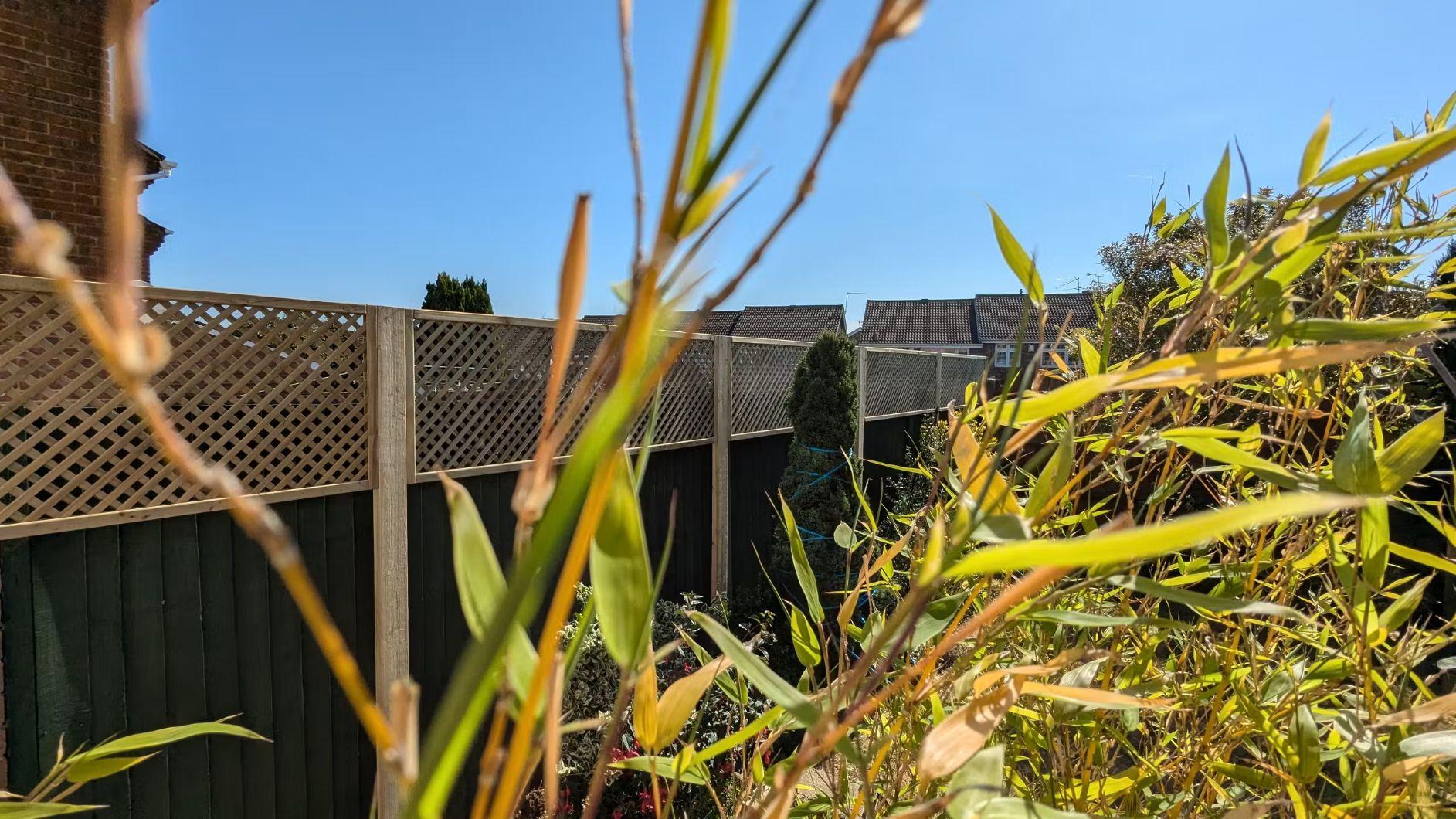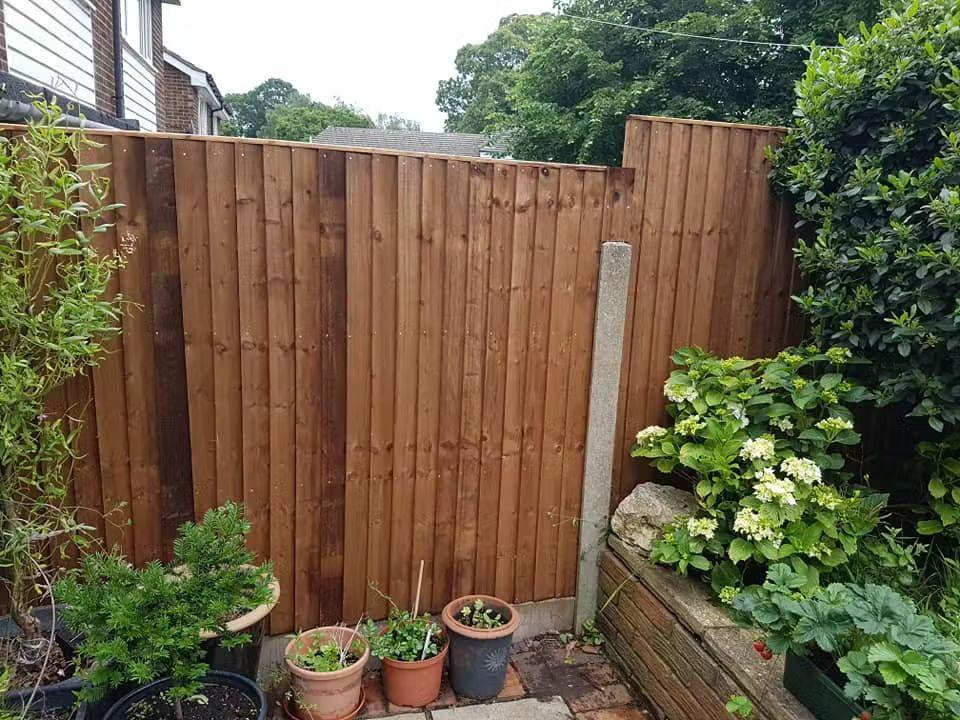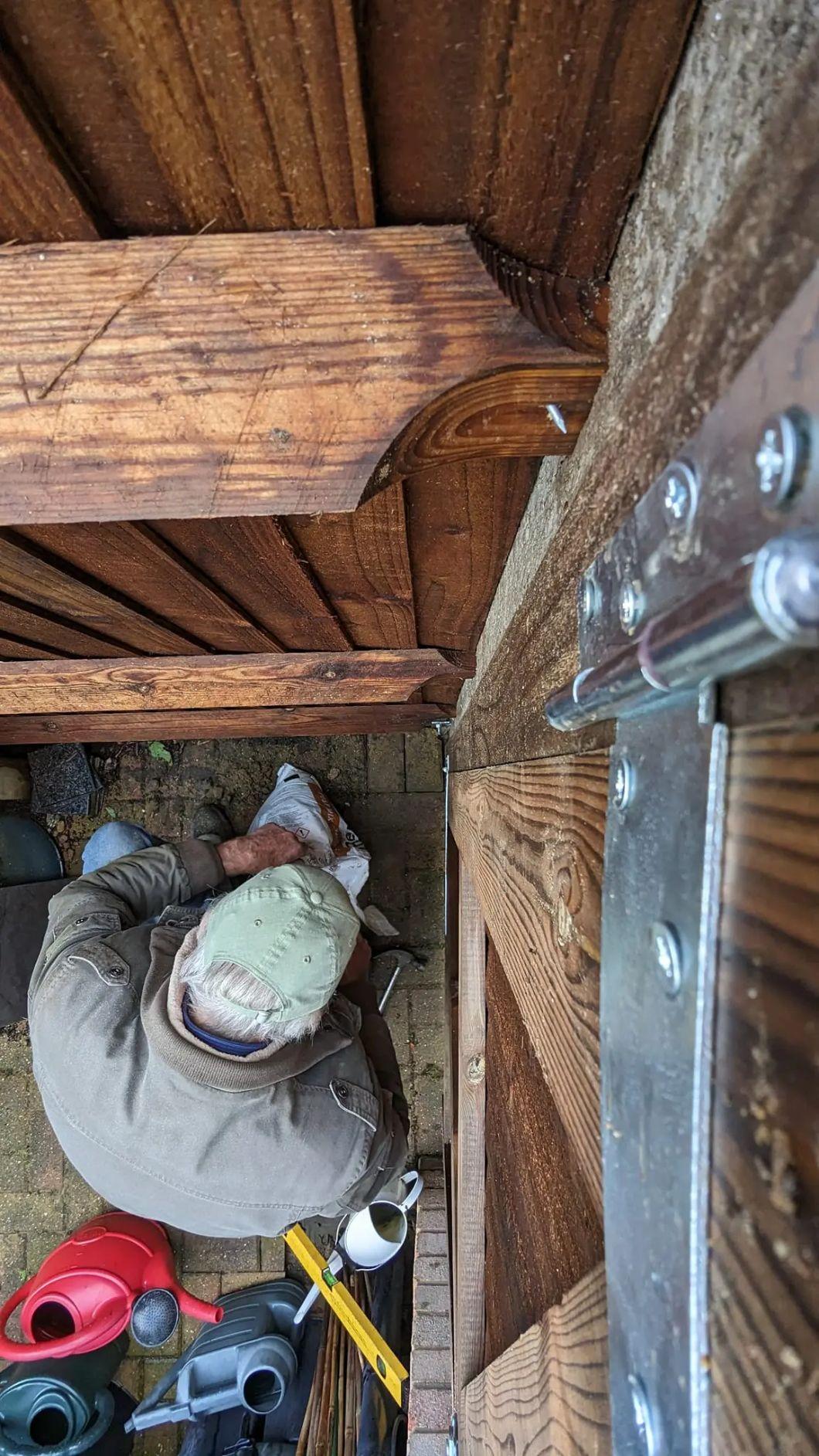Extending Your Garden Fence Height
Increasing the Height of Your Garden Fence: Expert Advice from Sheridan Fencing
At Sheridan Fencing, we have been providing premium fencing solutions for over 40 years. If you want to add extra height to your existing garden fence, our extensive experience has equipped us with the best methods to achieve this seamlessly. Whether you have concrete slotted posts, a concrete gravel board, or wooden posts, we can guide you through various options to increase the height of your fence.
Method 1: Upgrading to Taller Panels (Concrete Posts and Gravel Boards Only)
One of the simplest and most effective ways to increase the height of your fence is by upgrading to taller panels. If you currently have 5ft panels, you can replace them with 6ft panels, and so on. This technique only applies if you have concrete slotted posts and a concrete gravel board.
Why Close Board Panels?
Close board panels are ideal because any gaps created by the extra height can easily be filled in with featheredge boards. This not only ensures a seamless look but also adds to the sturdiness of the fence. While you can use Waney panels for this purpose, they tend to look cheap and unappealing when extended in this manner.
Steps:
- Remove the existing panels.
- Install the taller panels in the concrete slots.
- Fill any gaps with featheredge boards to ensure a clean, professional finish.
Method 2: Using Metal Post Extenders
For fences with wooden posts, post extenders offer a practical solution. Metal post extenders are durable and provide strong support for the additional height.
Steps:
- Purchase Metal Post Extenders: These are available at most hardware stores.
- Cut the Extra Top Post to Size: Measure and cut the additional wooden posts to the desired height.
- Attach Metal Post Extenders: Secure the metal post extenders to the existing wooden posts using screws or bolts.
- Install the Additional Posts: Insert the cut wooden posts into the metal extenders and secure them.
- Install Taller Panels or Double Up: Install taller panels or double up the existing panels. For added height, consider using close board fencing to cover the extended area.
Method 3: Adding Trellis
Trellis is a versatile and attractive way to extend the height of your fence. It can be installed as a standalone feature in front of the existing fence or attached directly to the top of the fence with extra timber support.

Benefits of Using Trellis
- Aesthetic Appeal: Trellis adds a decorative element to your fence, enhancing the overall look of your garden.
- Support for Climbing Plants: It provides a perfect support structure for climbing plants, adding greenery and privacy.
Steps:
- Decide whether to use trellis as a standalone feature or attach it directly to the fence.
- Secure the trellis with additional timber supports if attaching to the fence.
- Ensure the trellis is firmly in place to withstand weather conditions.
Method 4: Installing Screening
Screening is another excellent option for extending the height of your fence. It comes in various materials such as bamboo, reed, or willow, allowing you to choose the style that best fits your garden's aesthetic. However, this is more of a DIY option, as we at Sheridan Fencing have never been asked to install screening.
Types of Screening
- Bamboo: Offers a tropical look and is very durable.
- Reed: Provides a natural and rustic appearance.
- Willow: Adds a traditional touch to your garden.
DIY Steps for Installing Screening
- Choose the type of screening material that suits your garden.
- Secure the screening to the existing fence using ties or staples.
- Ensure the screening is taut and evenly distributed for a uniform look.
Tips for DIY Screening
- Preparation: Make sure your existing fence is clean and in good condition before attaching the screening.
- Tools: You will need a staple gun or ties, and possibly some additional timber to create a framework for attaching the screening.
- Maintenance: Regularly check the screening to ensure it remains secure, especially after strong winds or adverse weather conditions.
Method 5: Using 4x2 Timber for Uprights with Horizontal Rails and Closeboarding
Another effective method to extend the height of your fence is to use 4x2 timber for uprights and then add horizontal rails, followed by closeboarding the top section.
Why Use 4x2 Timber?
Using 4x2 timber for uprights provides a sturdy framework that can support the additional height. Horizontal rails offer extra stability, and close boarding at the top ensures a cohesive and secure fence extension.
Steps:
- Prepare the 4x2 Timber: Cut the 4x2 timber to the desired height for the uprights.
- Attach the Uprights: Secure the 4x2 uprights to the existing fence posts using screws or brackets.
- Install Horizontal Rails: Add horizontal rails between the uprights at appropriate intervals to provide support for the closeboards.
- Closeboard the Top Section: Attach closeboard panels to the horizontal rails, ensuring they are evenly spaced and securely fixed.
- Finish and Secure: Check all connections and ensure the extended section is stable and well-aligned.
By using these methods, you can effectively extend the height of your garden fence, enhancing privacy and adding to the overall beauty of your outdoor space. Whether you opt for taller panels, post extenders, trellis, screening, or using 4x2 timber with horizontal rails and closeboarding, each method offers unique benefits to suit your specific needs.
For expert advice and professional fencing solutions, trust Sheridan Fencing – your fencing expert for over 40 years.
If you're interested in any of these services, we can provide a detailed estimate for you. Sheridan Fencing proudly serves the Medway, Maidstone, Gravesend, and Sittingbourne areas. Contact us today to discuss your fencing needs and let us help you enhance the beauty and privacy of your garden.
FAQs on Extending Your Garden Fence Height
Q1: Can extending my fence height impact my relationship with neighbors?
Extending your fence height can impact your relationship with neighbors, especially if it affects their view or light. It’s a good practice to discuss your plans with your neighbors beforehand to avoid disputes and ensure mutual agreement.
Q2: What maintenance is required for an extended fence?
Maintenance for an extended fence includes regular checks for stability, repairing any damage, painting or staining as needed, and ensuring that screening or trellis remains securely attached. Regularly check for and treat any signs of rot or rust, especially in wooden or metal components.
Q3: Can I paint or stain my fence extension to match the existing fence?
Yes, you can paint or stain your fence extension to match the existing fence. Ensure that the materials used for the extension are properly prepped and use the same type and color of paint or stain for a uniform look.
Q4: How do I ensure the added fence height is stable and secure?
To ensure stability and security:
- Use sturdy materials like 4x2 timber or metal post extenders.
- Ensure all components are securely fastened using appropriate screws, brackets, or bolts.
- Regularly check and maintain the fence, especially after extreme weather.
Q5: Can I mix different methods to extend my fence height?
Yes, you can mix different methods to extend your fence height. For example, you could use metal post extenders for additional height and add a trellis on top for an aesthetic touch. Combining methods can provide both functionality and visual appeal.
Q6: How do I choose the right type of screening material for my garden?
Choose the screening material based on the aesthetic you want to achieve and the durability of the material. Bamboo offers a tropical look and is very durable, reed provides a natural and rustic appearance, and willow adds a traditional touch. Consider the climate and weather conditions in your area as well.
Q7: Are there any legal restrictions on fence height in residential areas?
Yes, there are often local regulations that limit the maximum height of fences in residential areas. It is essential to check with your local planning authority or homeowners' association before increasing the height of your fence to ensure compliance with local laws.
Q8: What tools will I need to extend my fence height?
The tools required will vary based on the method used, but common tools include:
- Saw
- Drill
- Level
- Screwdriver
- Hammer
- Tape measure
- Screws, bolts, or nails
For any additional questions or personalized advice, feel free to contact Sheridan Fencing – your fencing experts for over 40 years.
Sheridan fencing - Dave Relf



